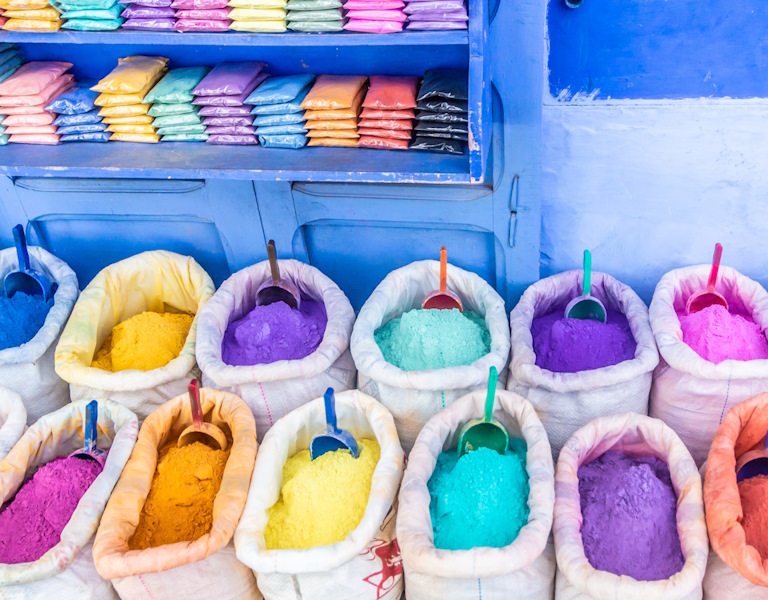
We’ve just released our very first Morocco tour – Moroccan Odyssey – and we could not be more excited about sharing the wonders of this gorgeous country with you.
If there was ever a destination that deserved to be called a ‘kaleidoscope of colours’ it would be Morocco. From the earthy tones of the traditional architecture, the shifting yellows and oranges of the desert sands and the blues of the sky and sea to the jewel bright colours of the mosaics that decorate mosques, medresas, and medinas, and the rainbow hues of the mounds of spices that fragrance the bustling souks. In fact, the whole place conspires to take you on a sensory adventure, to imprint itself on your memory, to be the subject of shared stories in years to come.
But what is there to see when you’re on holiday in Morocco? Where do you begin to explore its history and culture? How do you experience a little bit of everything? Read on, and we’ll tell you all about it!
Explore Fez’s Medina
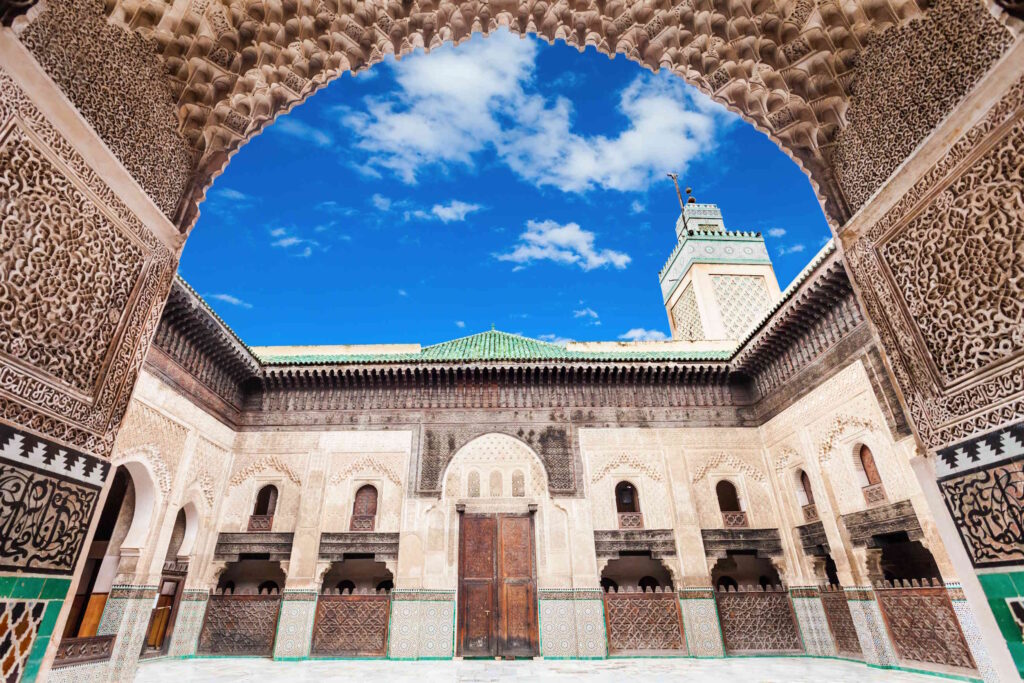
Sat among low hills that are blanketed in olive groves and orchards, Fez is Morocco’s oldest city (founded in the 6th century) and considered the country’s spiritual and cultural capital. Well-positioned on the Silk Road and other prominent sub-Saharan trade routes, it was also wealthy. From this money grew Fez’s 9th-century UNESCO World Heritage-listed medina, its narrow streets lined with medresas, mosques, palaces, and private homes that boast beautifully ornate and intricate embellishment – Bou Inania Madrasa (pictured above) is a perfect example of this. It is also in the alleyways of the medina that you’ll come face to face with Fez’s impressive artisan culture, still very much alive and well after centuries. Best known for pottery and leather goods (you can visit the famous, and smelly, tanneries), you can also see the traditional techniques used in textiles and metalwork too.
Step back in time in Roman Volubilis
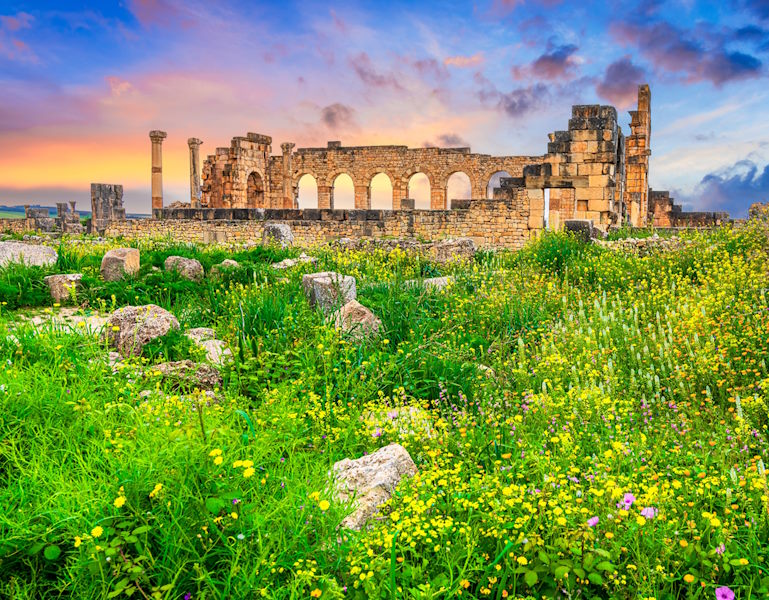
The ruins of Volubilis, sitting on an open plain, are so wonderfully atmospheric that it’s easy to imagine what life was like in this once prosperous Roman city. The site’s highlight are its mosaics, preserved in situ in the floors of wealthy merchants’ houses, public baths and temples, which you’ll stumble across as you wander the thousand-year-old streets.
Feel part of the community in Marrakech
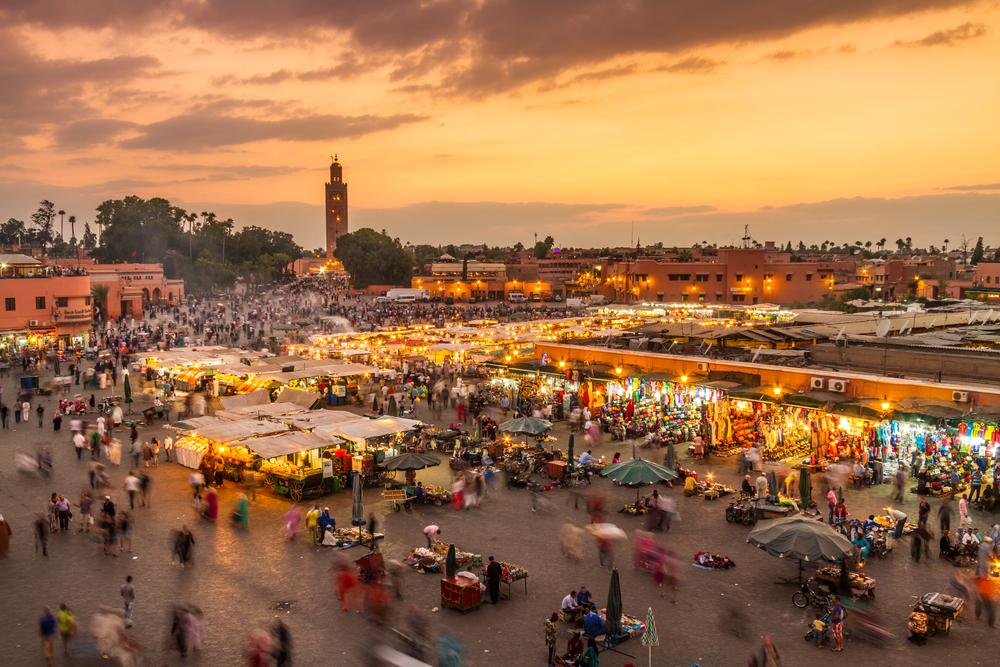
Set in the foothills of the Atlas Mountains, Marrakech is Morocco’s best known and most visited city. Founded in 1070, this is a place where, for centuries, the Middle East, Africa and Europe have met and mingled beneath the red clay walls of the old medina, now a UNESCO World Heritage Site – today, you can still catch a hint of the past as you explore those labyrinthine streets. For a true taste of life in Marrakech in times-gone-by, search the old districts for a ‘ferran’ and a furnace, an oven where locals came to bake their daily bread and pastries and where the fires that heated the water for the hammam were stoked, both integral hubs where the community spirit was kept alive.
Enter a movie set in Ait Ben Haddou
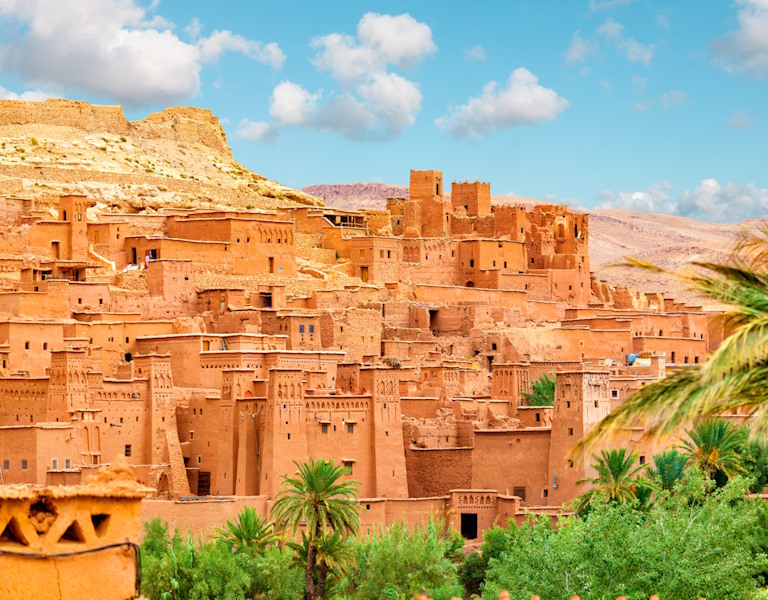
A magnificent example of traditional Moroccan earth clay architecture, the ksar (fortified village) of Ait Ben Haddou has had many reincarnations in its illustrious career. Ridley Scott’s Gladiator (2000), Lawrence of Arabia (1962), The Jewel of the Nile (1985), The Mummy (1999), Time Bandits (1981), The Living Daylights (1987) and many, many more movies were filmed here, so visiting is very much like stepping into a film set, spotting backdrops that you might recognise from the big screen.
Get lost in Chefchaouen
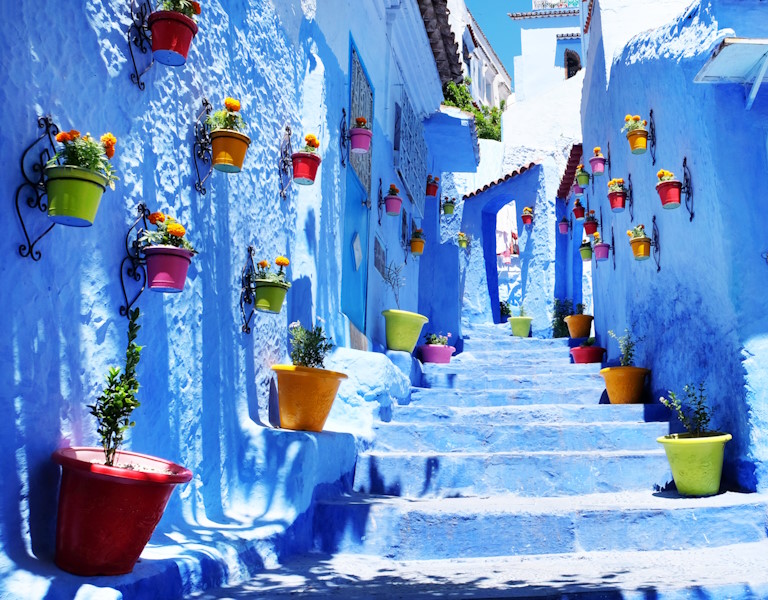
Up in the peaks of The Rif, Chefchaouen is the Moroccan town that you didn’t know you knew. Many of the buildings, and whole streets, are painted blue, making it both a very picturesque and much pictured destination – you’re likely to have seen images of it on anything to do with Morocco. The coolness, both of the air and the vibe, make this is the sort of place that is made for wandering, with enticing narrow alleyways that lead to lovely hidden corners in multiple shades of blue.
Feel the ‘alizee’ in Essaouira
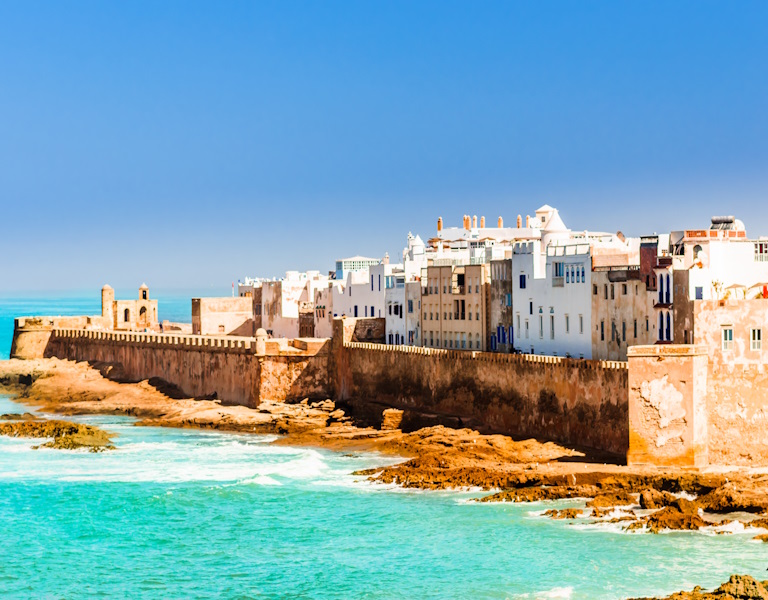
It was the ‘alizee’, a constant trade wind blowing in from the Atlantic, that turned Essaouira from a fishing village into an important French port to rival Agadir. Essaouira’s old city is another UNESCO World Heritage Site, the streets full of traditional culture and character, its 16th-century French-built ramparts (the perfect place to look out to sea and take a deep breath of ‘alizee’) so idyllic they were used as the backdrop for the city of ‘Astapor’ in popular TV show A Game of Thrones. Visit the sheltered harbour for picturesque views of a crowd of blue fishing boats bobbing in the water, and look out for ladies churning argan oil on the streets, a product of the forests of Moroccan Ironwood that grow in the area.
Be a Berber for a day in the Erg Chebbi Desert
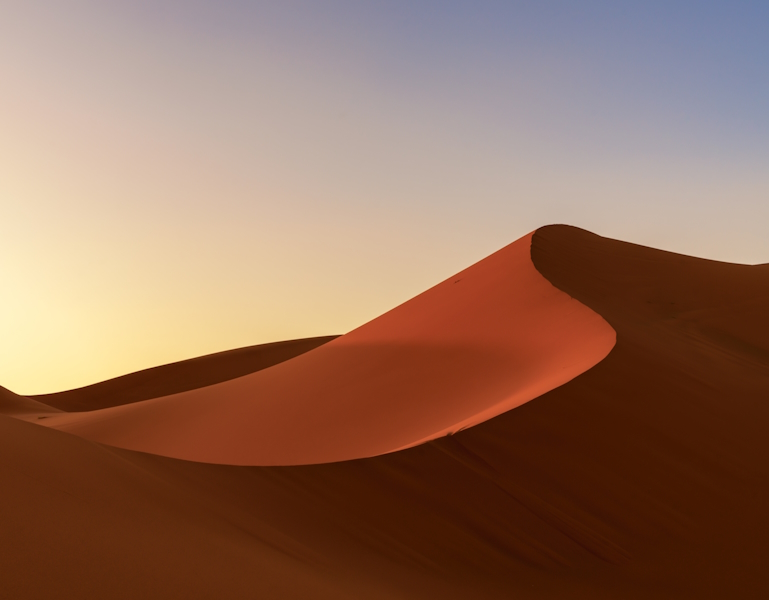
Riding camels, evenings under the clear desert skies and sleeping in tents, an overnight adventure in the Erg Chebbi Desert is one of Morocco’s most memorable experiences. These camps, which emulate the way of life of the nomadic Berber people of the Sahara and sub-Sahara, also give the opportunity to see the desert at its most beautiful; at sunrise and sunset, the already rose gold dunes, some standing as tall as 150 metres, shift gently through the spectrum of oranges, pinks and purples with the passage of the sun.





















